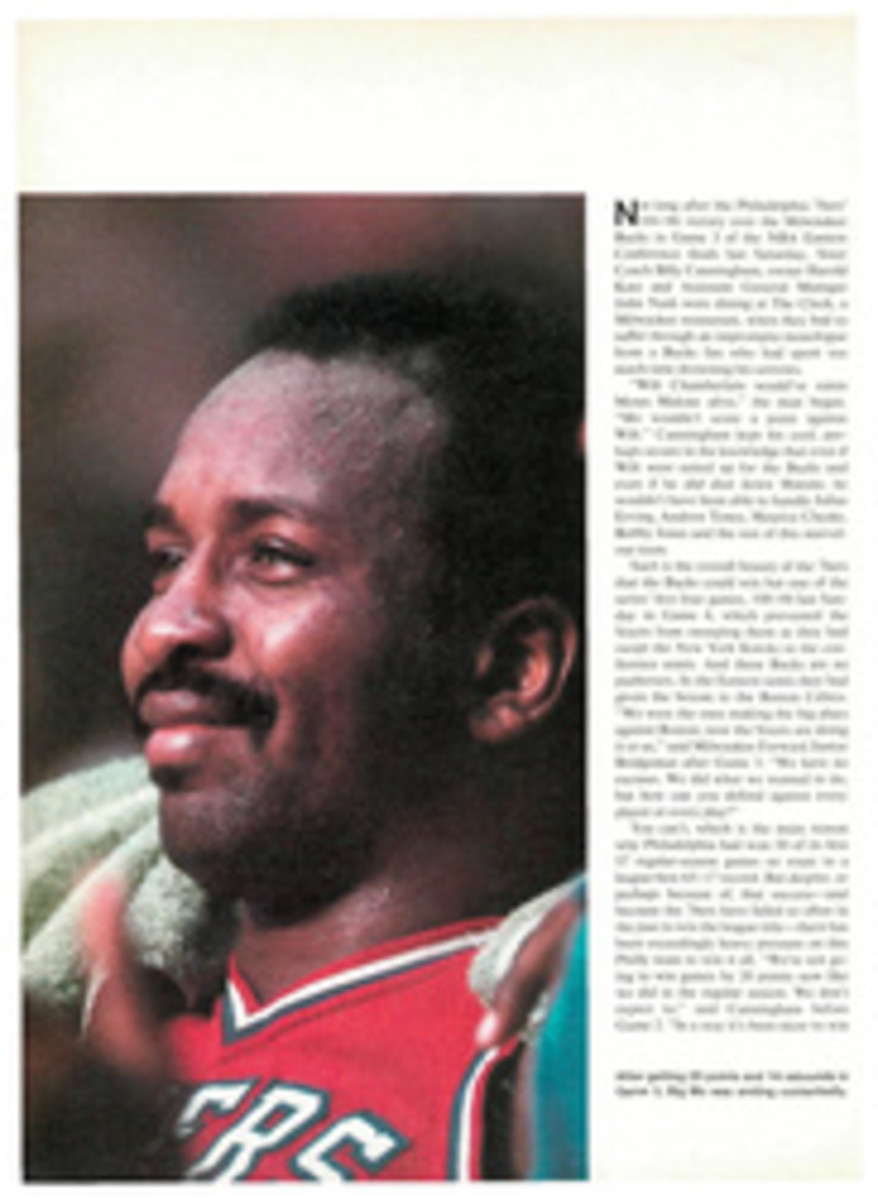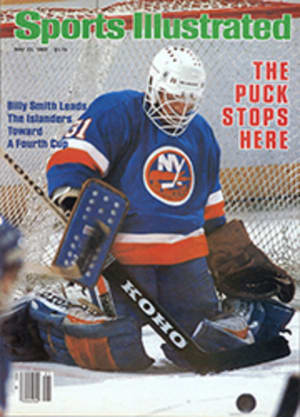
LETTER FROM THE PUBLISHER
When George Austen came to Time Inc. in 1957 as a typesetter, he couldn't have imagined that 26 years later he would be head of SI's copy-processing department, the Wiz of a bunch of computer whizzes.
In the '50s, copy processing involved 15 typesetters hammering away, manually adjusting each line of type, creating perforated paper tape that was used to transmit stories to our printer in Chicago, where duplicate tape was created. From its code, hot metal was cast. "Primitive" is how Austen describes that process now.
Eventually, a computer system was built to figure how many characters would fill any line, and it eliminated manual fitting of copy. Magnetic tape replaced paper tape and further sped up the process. Video display terminals were brought in. Today a still more complex system is in use. The copy processors "key" and fit our text and captions, and a facsimile of a particular page layout can simply be summoned to a screen for perusal and adjustment. When he's satisfied with the fit, the operator pushes a button and the page is electronically transmitted for printing.
And Austen, the soul of our new machines, says, "We still haven't realized the full potential of electronic composition. I foresee a paperless operation here sometime in the future, everything on screen displays."
Unlike others who are wedded to or repelled by the idea of advancing technology, Austen has come to comfortable terms with computers. "They are dull and cold pieces of machinery until someone breathes life into them," he says. "For us, the real excitement is using the tools of the system to make a page pleasing to the eye. I worked on a story about Andre the Giant (SI, Dec. 21, '81) that was so long and complicated to fit that it outran the computer's ability to accept commands," Austen remembers. "I wrestled with that for 10 hours straight. When you become involved in a story you don't want anyone else to touch it." Like the most masterful tailor, Austen finally got the giant a fit.
When not grappling with computers, Austen relaxes with his wife, Rose, in their Long Island Cape Cod house, where his amateur pursuits seem pleasantly old-timey. He owns 45 reels of film, and when his three children, now grown, gather, he can entertain them with a Charlie Chaplin short or documentary footage of Queen Victoria. He is a gourmet cook, and to revive his long-dormant interest in another area, architectural design, Austen one day put a hammer through a bedroom wall. "Well," he said, "now there's no turning back." Set free by his desperate act, he proceeded to renovate the interior "exactly as my wife wanted it."
Of this craftsmanship, Austen says, "There's nothing like a good piece of wood." It's a simple statement, affirming him as our Renaissance Terminal Man. As computers grow more impressive and somehow more daunting in their intelligence, it's heartening to have Austen at the controls. He has a talent not unlike that of Star Wars' George Lucas: He can make machines seem almost human.
PHOTO
SI's AUSTEN: ALL THE NEWS WE PRINT HE FITS

